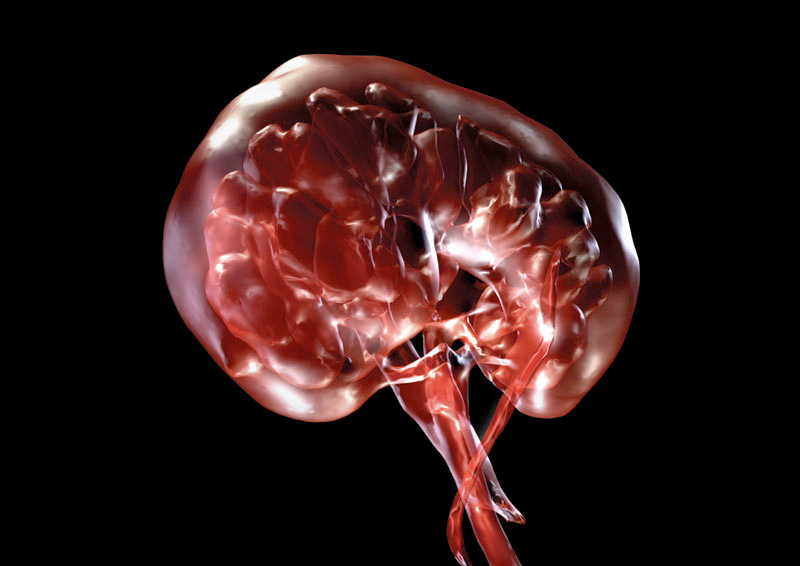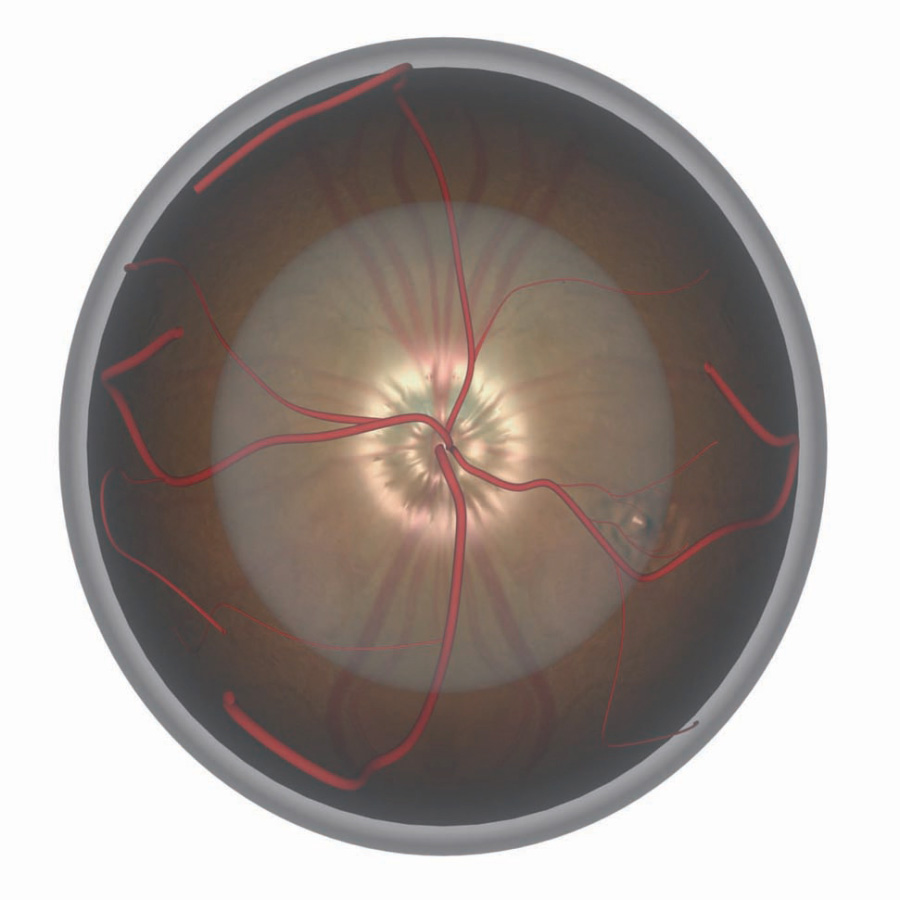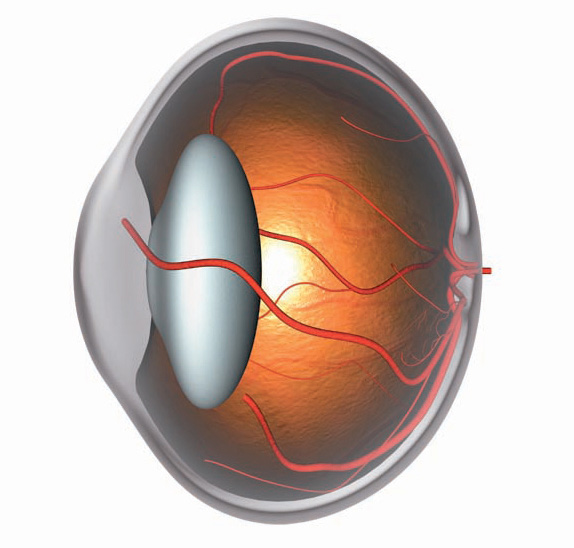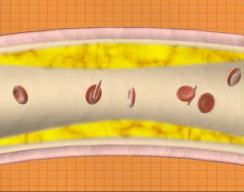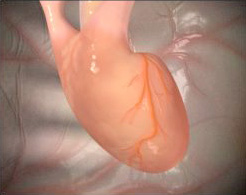“3-D Computer Visualisation and Animation in Clinical Care” by Flack and McGhee
Conference:
Type(s):
Title:
- 3-D Computer Visualisation and Animation in Clinical Care
Presenter(s)/Author(s):
Abstract:
3-D technologies are transforming the way in which medical images are created but what are the implications for education and computer animators of the future? This paper explores how postgraduate students, researchers, educators, clinicians and patients are collaborating to improve interaction and communication in clinical care.
The paper begins by describing the background to the current research developments in medical 3-D visualisation within the School of Media Arts & Imaging at Dundee University. Following an initial critique of clinical literature for arterial disease, and a review of existing 3-D bio-medical animations we have recognized the strategic need for research into long-term patient care and communication.
A unique collaboration with the School of Medicine at the University has allowed an opportunity to explore how newly created medical 3-D visualisations, can facilitate mediation and interaction between the disciplines of computer animation and clinical research.
The paper discusses three case studies involving student research work in collaboration with the School of Medicine:
• Case study 1 exploring the use of 3-D visualisation techniques to enhance medical scan data, particularly in the field of Magnetic Resonance Imaging (MRI) and Computive Tomography (CT) scanning.
• Case study 2 exploring the use of digital 3-D animation and visualisation techniques in the creation of information resources for Diabetic Retinopathy.
• Case study 3 focusing on developing an animation for the purposes of exploring the area of providing health based information with the aim of altering patient behavior.
Acknowledgements:
This paper would not have been possible without contributions from: E. Fyfe, A. Brady, D. Kay, Dr. G. Houston, Professor A. Morris, Dr. S. Greene, Dr. B. Williams.

